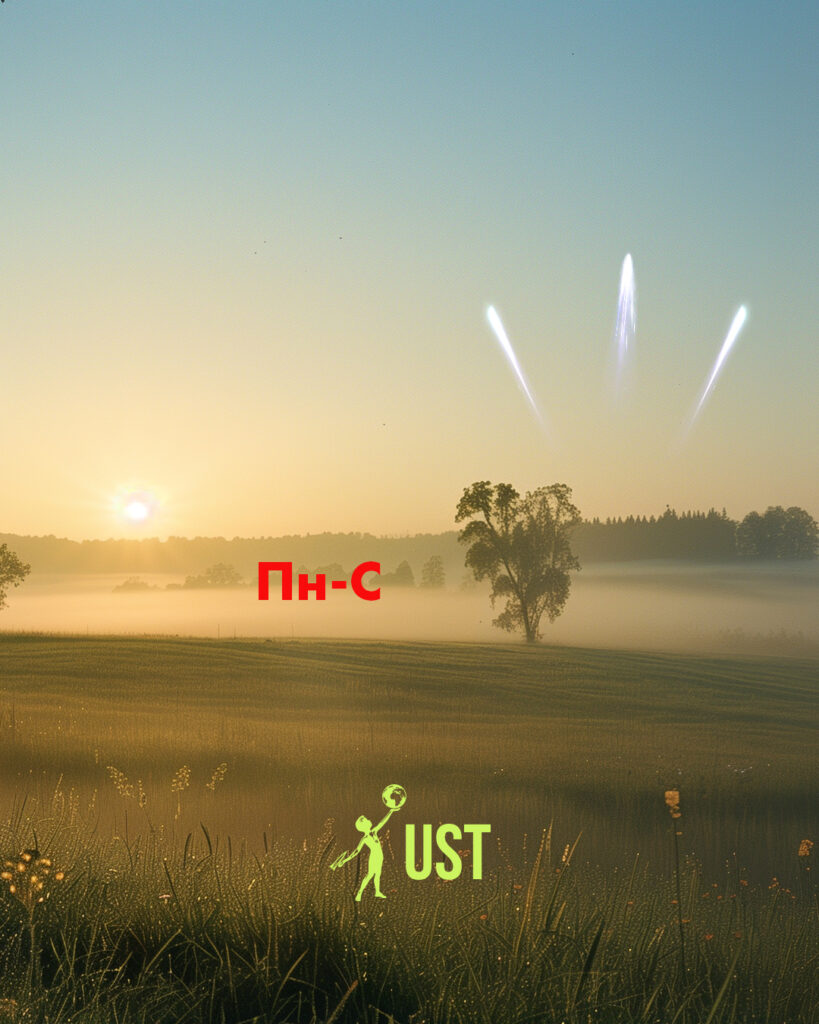Most of the meteor showers decorating the Earth’s sky every year are difficult to spot because they are very weak: even at their peak, they “produce” no more than 5 meteors per hour. However, it also happens that the power of the stream is measured by dozens of “shooting stars” per hour, but we still cannot see it. These are the Arietids with a radiant in the constellation Aries. The fact is that during their activity (which lasts from the end of May to the twentieth of June), the Sun is near the radiant of this stream.
It is possible to see a meteor in a clear sky only when there happens a bolide, but there are never many of them, and it is usually very difficult to determine the radiant (the point in the sky from which meteor particles “fly out”). Fortunately, meteors can be observed not only visually. Back during World War II, British radar operators discovered that meteor trails reflect radio waves well. They quickly learned to distinguish them from the “signals” of German bombers, and astronomers took advantage of the unexpected discovery.
As early as 1947, employees of the British Jodrell Bank Radio Observatory recorded the first daytime meteor shower with a radiant in the constellation Aries, which peaked in early June and could reach 60 meteors per hour, roughly the same as the average peak power of the Perseids. It took a long time to finally calculate the orbits of the meteor particles, and scientists noticed that their orbital elements are very similar to the asteroid Icarus (1566 Icarus), which is capable of approaching the Earth at a distance of 0.035 AU, or 5.2 million km. It is likely that the substance knocked out of its surface during collisions with other meteoroids was able to “approach” our planet even closer, so they even enter its atmosphere.
In 1986, a well-known American astronomy enthusiast Donald Machholz discovered his second comet, designated 96P/Machholz. It was even more suitable for the role of “parent comet” for Arietid than Icarus. At least, it was possible to “link” the double meteor shower δ-Aquarid, which was observed in late July and early August. The affinity of the streams could be confirmed by spectral observations, but in the case of daytime meteors, they are very difficult, so this issue has not yet been resolved.

In fact, it is still possible to see some meteors of the Arietids in Kyiv. On June 7-8, its radiant rises at the beginning of navigational twilight, when the sky is still dark enough to see luminaries up to 3rd magnitude. A fast-moving object should be one or two magnitudes (2.5-6 times) brighter for better visibility. If you start looking toward the northeastern part of the horizon at three in the morning, two or three, and possibly more, such bright meteors may appear within 40-45 minutes (before dawn begins to interfere with observations). Unlike ordinary “shooting stars,” they will fly from the bottom up.
Here you can read about other interesting celestial events in June.

